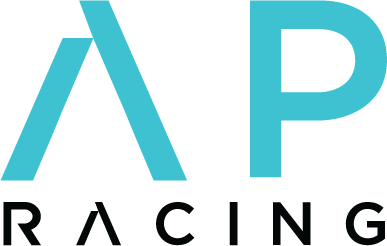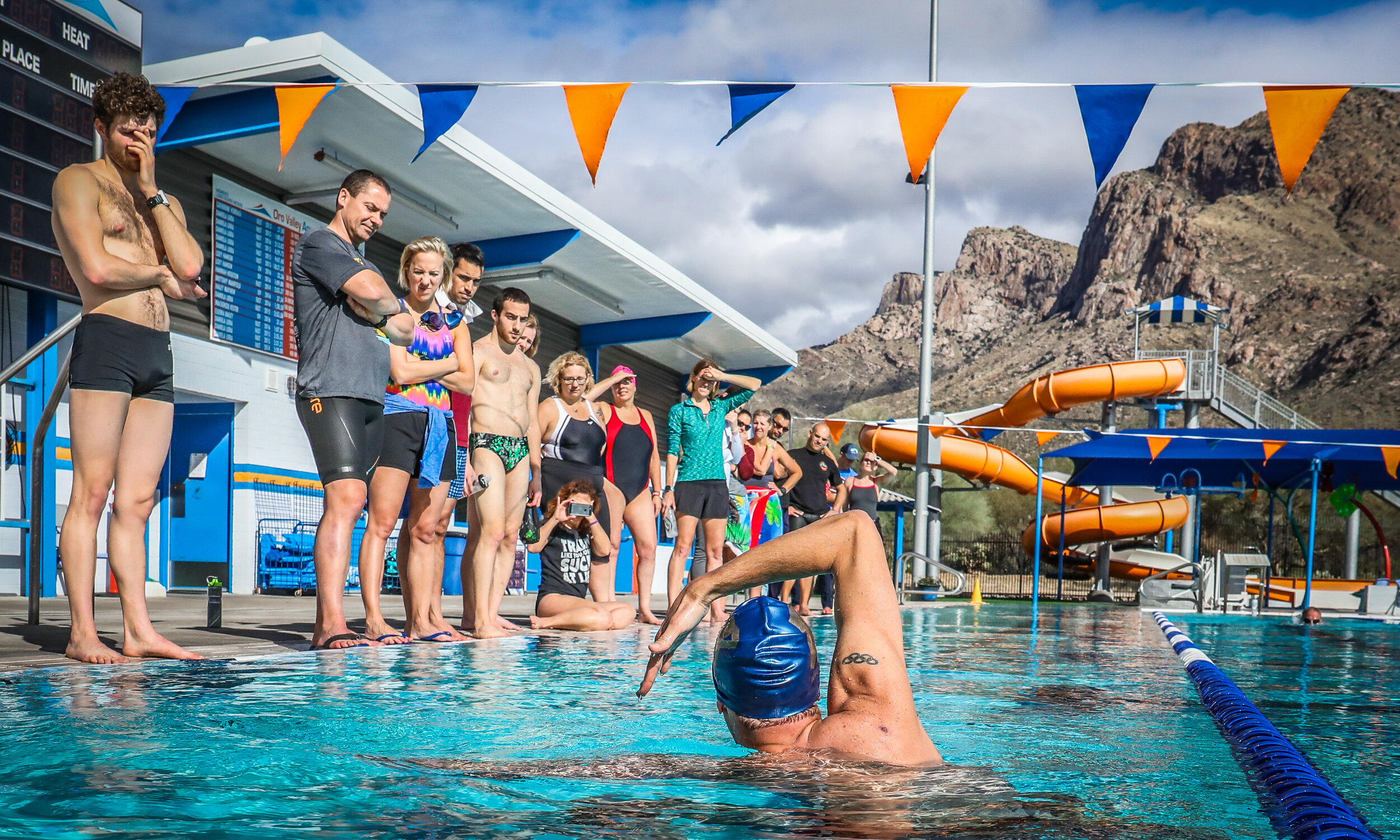AP Racing: Goal Setting + Goal Crushing
Get off on the Right FooT!
I am not big on New Year’s Resolutions. I am not big on major proclamations either. What I am big on though is goal setting. I am continuously setting goals, evaluating goals and adjusting my goals. I do this on a yearly, monthly, weekly, daily and even by the minute.
The Keys to Goal Setting:
You have to be self aware of where you are and where you want to be.
Just like for myself, we go through our goal setting process at the beginning of the year for all of our AP Racing Athletes and then continue to revisit as the year goes on. Let me share with you our process and hopefully it can help you as you start to plan your 2020 seasons.
Goal Setting 101:
“Setting goals is not an absolute process- it is dynamic one and you must remain self-aware to execute on your goals.”
Step 1: Macro Goals- Setting Year Long Goals
Think about your year and think about what you want to accomplish. This could be time goals, place goals(harder to quantify as it depends who shows up but you are able to translate a desired place to a needed time), power/pace/speed goals, strength training goals or even life/family goals.
So, take your list and establish 3 key goals for the year. Write them down. Please note, even 3 main goals is a lot. I alway say- ‘you gotta make the main thing, the main thing’
Step 2: Translate those goals into key metrics
Once you established those goals, let’s translate them into what you need to do to accomplish that.
For example, let’s say I want to ride 4:40 in an Ironman. To do that, ‘I know’ you will need to roughly hold 235 watts. So, the goal becomes to race an Ironman at 235 watts.
Step 3: Break those 3 goals down into smaller, tangible goals/benchmarks, training or timeline specific goals for:
Long Term Goals
Short Term Goals
Training Specific Goals
IE: Using the example from above- To race at 235 watts, that is roughly the equivalent of about a 4200kj ride(Note- I guessed here so my math might be off a little). So, here is what I might sketch out:
Long Term:
Long Term: 6-8x long rides over 4500kj’s in preparation for the race.
Long Term: Average Power for 1:15 TT up Deckers(specific route for me that I always ride) above 250: 3x in 1-2 months out from race.
Long Term: Average Power on long rides in months 1-4 out from the race is greater than 200 watts. (Note- Avg Power is not the best indicator of fitness/metric for total rides but one we might use form time to time to ‘keep us honest’ on our longer rides)
Long Term: 3 hour peak power: 230+ watts
Short Term:
Short Term: Establish consistency- Ride consistently for at least 5x/week, no less than 1:10 and at least 4 rides longer than 3:30. No real power requirements.
Short Term: Next 8-10 weeks: increase 15 minute TT(up Cheyenne, Peregrinne, or USAFA, again specific routes) at greater than 290 watts, in TT position
Short Term: Increase hex bar deadlift by 10% within 5 weeks.
Those are just a couple of examples. And if you couldn’t tell, I will use specific routes or repeats as a gauge. I also never use speed on the bike bc it is too variable. I use specific routes as it helps me dial in efforts and gives me a very tangible goal to internalize- ie: ‘make it to the top by XYZ @ ###.’
Step 4: Send this to your coach, pin it up on your wall, and continuously review, re-evaluate, and refine.
If you want to be better, you have to be self-aware, you have to be constantly vigilant or ‘conscious’ of what you are doing and where you want to go. You have to think about how the little things contribute to the bigger things. If that seems like a lot, it is… but that’s how you get better. If you need help with that- let me know, we have a really robust system and approach to get all of our athletes ready and racing at their best.






